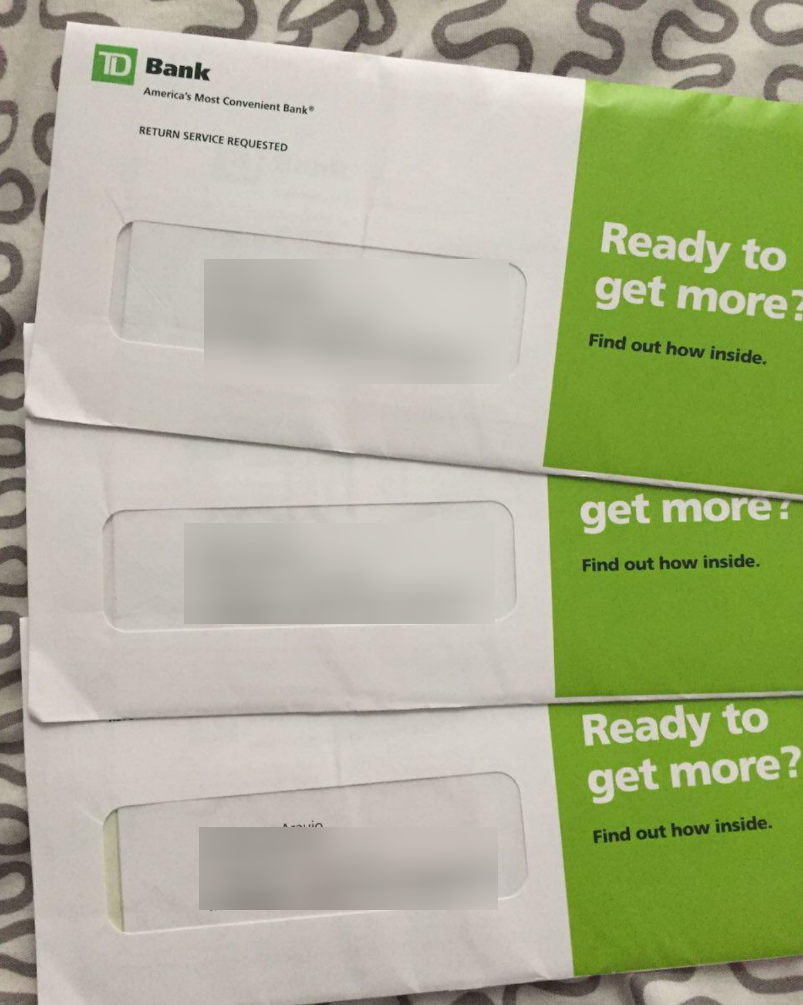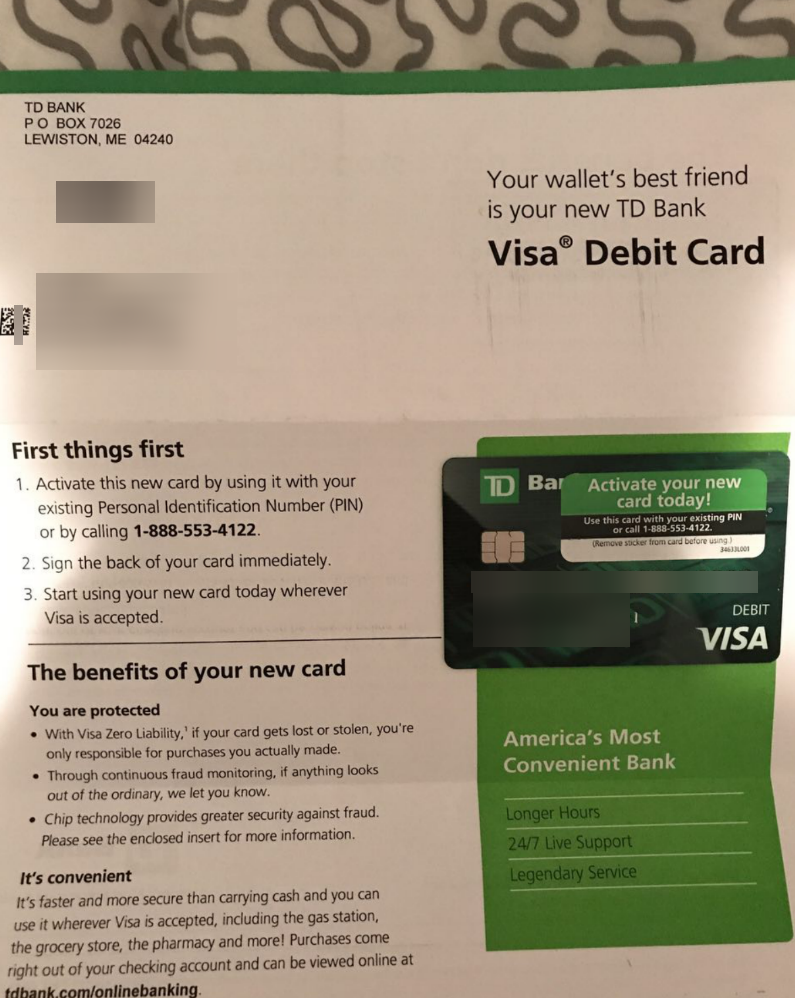Tomcat
Professional
- Messages
- 2,688
- Reaction score
- 1,015
- Points
- 113
For a long time I didn’t know what title to choose, but I decided that the content was more important and didn’t get creative.
Today I’ll talk about one old topic, but I’m sure there are many more banks where it still works.
I already vaguely remember the birth of the idea for this topic and will get to the point.
In those ancient times, there were two banks in use with adequate online access: TD and Navy. Now you can’t just enter both from the street (from the door), both have secret lockers at the entrance. Navy was allowed without secrets with a good IP, and TD was sold with secrets. There was a bug with resetting them and installing our own (but that's another story).
I had my own drop in US. By the way, he was an incredibly obliging and reliable person; for a long time I couldn’t find a worthy replacement for him. I say it in the past tense only because the person stopped working on dark topics.
So, closer to the topic. It, like most cool schemes, is quite simple and lay on the surface.
We go into the bank, take the holder's soap and begin to flood it furiously. Digging a little from the topic, I’ll tell you about the most optimal algorithm for flooding emails. This is a good way to use it on particularly expensive accounts and when we are working with a small amount of expensive material, and not driving in 150 accounts per evening.
Our task is to make sure that the holder stops coming in and checking the soap. To do this, we put a small stream of flood in his mail for 48-72 hours (patience is a virtue). At some point (most often) the holder will get so tired of checking for this flood that he stops checking email notifications regularly. We pour out a large stream of 1-2k before an important letter and 1-2k after. It is important to send a critical letter in the middle of the night, when the holder is most likely asleep. In this way, the traffic rate reached 80 percent or higher (yes, I kept statistics). It only works poorly if the holder creates a separate folder for letters from specific senders.
We flood the holder’s email in order to change his email to ours and now all notifications will be sent to us, and then we do one key action: we change his home address to the address of our drop. After that (in Navy it was possible instantly, in TD in a few hours) we... here we would really like to give you the opportunity to think for yourself... we issue a new card that is linked to his main account. Interestingly, the old card does not die.
Well, as you understand, after 2-5 days our drop receives a card with a balance equal to the bank balance. We know the PIN code from her, and the drop knows where the ATM is.
Once again, I’m sure there are dozens of banks where this scheme is still working. Try it. And good luck.
A few pictures:




—
And another small interesting topic: very often when issuing a new card, opening a new account, applying for a loan, etc, in the responses from the server (Network tab in the browser console) or even in open form in the questionnaire, you can see full information about the holder: name, address, telephone, information about work, ssn, dl. This was and probably is the case at TD, Wells, Navy, Suntrust, BofA and others.
Today I’ll talk about one old topic, but I’m sure there are many more banks where it still works.
I already vaguely remember the birth of the idea for this topic and will get to the point.
In those ancient times, there were two banks in use with adequate online access: TD and Navy. Now you can’t just enter both from the street (from the door), both have secret lockers at the entrance. Navy was allowed without secrets with a good IP, and TD was sold with secrets. There was a bug with resetting them and installing our own (but that's another story).
I had my own drop in US. By the way, he was an incredibly obliging and reliable person; for a long time I couldn’t find a worthy replacement for him. I say it in the past tense only because the person stopped working on dark topics.
So, closer to the topic. It, like most cool schemes, is quite simple and lay on the surface.
We go into the bank, take the holder's soap and begin to flood it furiously. Digging a little from the topic, I’ll tell you about the most optimal algorithm for flooding emails. This is a good way to use it on particularly expensive accounts and when we are working with a small amount of expensive material, and not driving in 150 accounts per evening.
Our task is to make sure that the holder stops coming in and checking the soap. To do this, we put a small stream of flood in his mail for 48-72 hours (patience is a virtue). At some point (most often) the holder will get so tired of checking for this flood that he stops checking email notifications regularly. We pour out a large stream of 1-2k before an important letter and 1-2k after. It is important to send a critical letter in the middle of the night, when the holder is most likely asleep. In this way, the traffic rate reached 80 percent or higher (yes, I kept statistics). It only works poorly if the holder creates a separate folder for letters from specific senders.
We flood the holder’s email in order to change his email to ours and now all notifications will be sent to us, and then we do one key action: we change his home address to the address of our drop. After that (in Navy it was possible instantly, in TD in a few hours) we... here we would really like to give you the opportunity to think for yourself... we issue a new card that is linked to his main account. Interestingly, the old card does not die.
Well, as you understand, after 2-5 days our drop receives a card with a balance equal to the bank balance. We know the PIN code from her, and the drop knows where the ATM is.
Once again, I’m sure there are dozens of banks where this scheme is still working. Try it. And good luck.
A few pictures:




—
And another small interesting topic: very often when issuing a new card, opening a new account, applying for a loan, etc, in the responses from the server (Network tab in the browser console) or even in open form in the questionnaire, you can see full information about the holder: name, address, telephone, information about work, ssn, dl. This was and probably is the case at TD, Wells, Navy, Suntrust, BofA and others.
